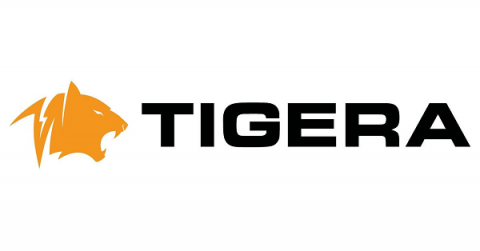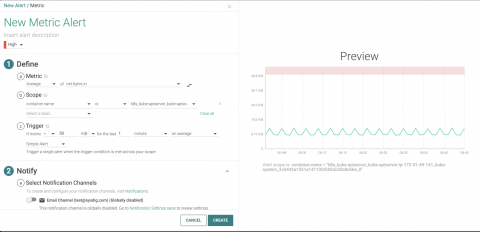Is the Private or Public Cloud Right for Your Business?
It wasn’t a very long time ago when cloud computing was a niche field that only the most advanced organizations were dabbling with. Now the cloud is very much the mainstream, and it is rare to find a business that uses IT that doesn’t rely on it for a part of their infrastructure. But if you are going to add cloud services to your company, you will need to choose between the private cloud and the public cloud.








